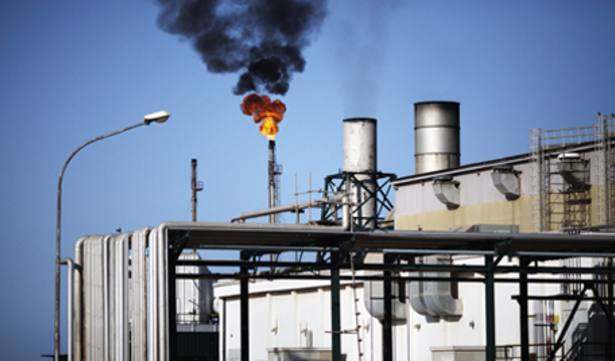A year on from the sudden and sharp decline in the price of oil and the macro drivers behind the commodity have not changed significantly.
At the end of last year the combination of a number of factors – including weak economic growth, oversupply from a growing domestic US energy market and the refusal of the Organisation of Petroleum Exporting Countries (Opec) to reduce production – meant the oil price tumbled from more than $100 a barrel to less than $50.
The oil price remains at a low level, with Brent crude sitting at roughly $48 a barrel and West Texas Intermediate (WTI) trading at around $45 a barrel, and the outlook is not optimistic.
Downward pressure continues to come from similar sources. Improving outlooks for both Libya and Iran means supply from these regions is back on track, while non-Opec oil production – mainly from US shale projects – is ensuring that supply continues to exceed demand.
In its September Oil Market Report, Opec notes its reference basket fell below $50 a barrel in August to an average of $45.5, “mostly attributable to sell-offs amid enduring oversupply and Chinese economic turbulence”.
If Chinese volatility persists and consumption from that region slows, which is more than likely, then oversupply will continue to place downward pressure on the commodity.
In addition, the US interest rate cycle continues to have an impact on the price of oil, particularly the question of whether the dollar will strengthen or weaken in the wake of a rate hike. A strong dollar tends to act as a headwind to commodity prices, pushing them lower. This in turn helps to boost consumers’ buying power in the US, particularly through lower petrol prices.
But at the same time, low energy prices may have been a contributory factor as to why the US Federal Reserve (Fed) kept its interest rate on hold in September.
Florian Ielpo, head of macroeconomic research in Unigestion’s cross-asset solutions team, explains: “The fall in energy prices has put US capital expenditure in danger. The US has invested a lot in its shale oil industry and, with the price of oil close to $40 a barrel, many producers are bleeding cash.
“But we think these are temporary factors and that the Fed is likely to hike by the end of the year – although probably later rather than sooner.”
Mr Ielpo points out US producers need a break-even price of roughly $70 a barrel, so further investment is needed to help reduce this break-even point.
He says: “Consequently, jobs have been lost in this sector and only 85 per cent of its capacity is being used. Still, these figures are showing signs of stabilisation.”
So with the US interest rate likely to remain at its current level until December, is there any hope for the price of oil to bounce back before then?
Not according to Goldman Sachs, which earlier this month suggested the oil market was “even more oversupplied” than expected, and predicts the surplus will persist into next year. It adds that there is the potential for oil to fall to as low as $20 a barrel, although it stresses this is not its base-case scenario.






